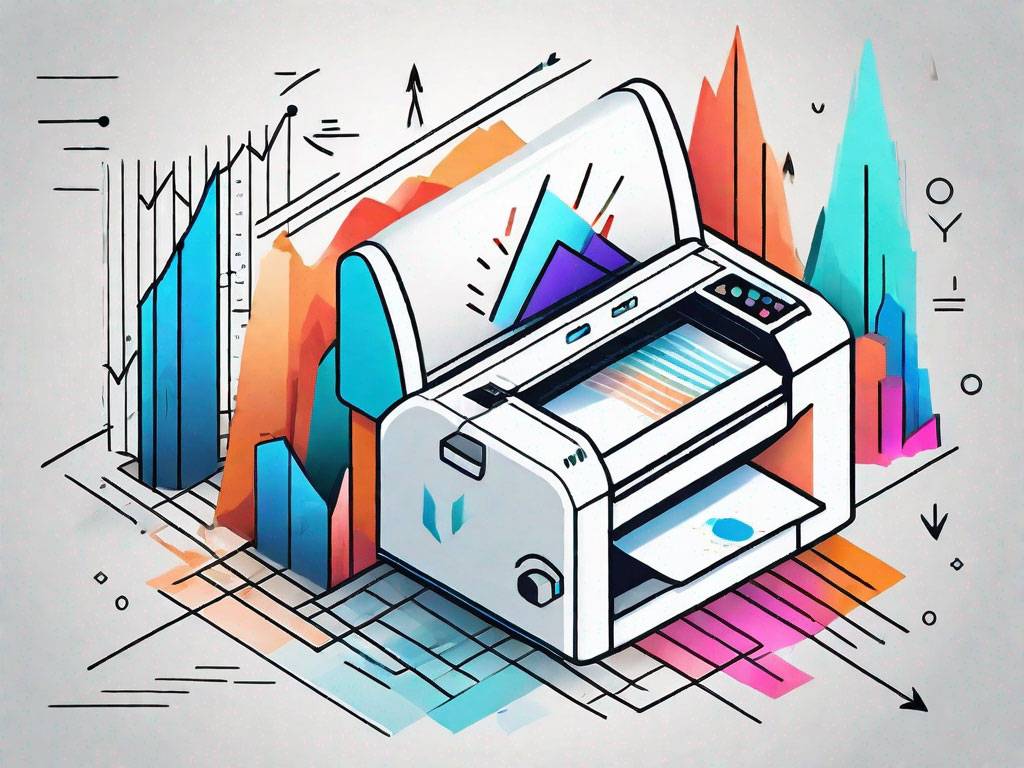Evaluate different platforms to find the best print on demand option for you.
Evaluate different platforms to find the best print on demand option for you.
Blog Article
Comprehending How Digital Printing Transforms the Printing Market
The printing industry, long steeped in conventional techniques, is undertaking an extreme change with the introduction of electronic printing. This innovative innovation, which eschews the requirement for printing plates, makes it possible for quick production and modification, reshaping the landscape of print interaction. With its potential to spur involvement via individualized material and to supply sustainable remedies, it's clear that electronic printing is even more than a technological development; it's a critical game changer. Yet how specifically does it transform the industry? Allow's explore.
The Advancement of Digital Printing: A Quick Review
Because its inception, electronic printing has undergone considerable makeovers, continuously changing the printing industry. With the development of the 90s, electronic printing technology started to mature, and the industry experienced the introduction of straight imaging presses, which removed the requirement for printing plates. As the brand-new millennium unravelled, improvements in technology additionally stimulated the development of electronic printing, leading to the creation of high-speed inkjet printers.

Unboxing the Technology Behind Digital Printing
Digging right into the intricacies of digital printing modern technology, one experiences an abundant tapestry of sophisticated machinery and facility formulas. At the heart of this process exists an electronic image, which is processed by software application that divides it into a grid of dots. This detailed system, strengthened by advanced software application and high-resolution imaging, has actually changed the landscape of the printing sector, paving the method for unprecedented levels of information and precision.

The Benefits of Digital Printing for Organizations
Understanding the modern technology behind electronic printing offers a clear image of its precision and detail. For companies, this translates right into many advantages. Digital printing uses unprecedented rate, making it possible for companies to fulfill tight due dates without compromising on top quality. Next, it reduces expenses as there are no plates or physical arrangement, making it perfect for small-volume printing tasks. Additionally, this technology offers premium consistency with each print outcome, eliminating variants commonly seen in traditional techniques. Lastly, electronic printing browse around these guys is eco-friendly, utilizing much less ink and creating less waste. Nonetheless, the full capacity of digital printing is realized when used for personalization and personalization, a subject that will certainly be covered extensive in the following area.
The Role of Digital Printing in Modification and Personalization
While traditional printing approaches battle with modification and personalization, electronic printing succeeds in these areas. It enables the simple change of designs, without the requirement for expensive and time-consuming plate changes (print on demand). This enables companies to customize items to private consumers, conference certain requirements and enhancing consumer fulfillment
Digital printing likewise allows for variable data printing, where elements such as message, graphics, and pictures might be altered from one published piece to the next, without reducing the printing process. This this is specifically beneficial for straight advertising and marketing projects, where customized messaging can significantly improve action prices. In this means, electronic printing not just transforms the printing market however likewise transforms the means businesses connect with their clients.
Analysing the Ecological Effect of Digital Printing
Although digital printing has been admired for its duty in modification and customization, pop over to this web-site it is critical to examine its environmental effect. Digital printing can be much less wasteful than standard techniques, since it runs on a 'print on demand' basis, eliminating the need for huge print runs that can result in surplus and waste. Furthermore, it uses less chemicals and creates much less volatile organic substances (VOCs) contrasted to counter printing. The energy usage of digital printers can be high, leading to boosted carbon footprint. The usage of non-recyclable printing parts and the obstacle of e-waste management pose considerable ecological worries. While digital printing has several benefits, its ecological influence has to be diligently handled.
Conclusion
In final thought, digital printing has transformed the printing industry, providing quick, economical, and top notch solutions. It assists in customization, enhancing consumer involvement, and uses a sustainable print-on-demand model. As this innovation continues to advance, its influence on service communication, consumer satisfaction, and ecological sustainability comes to be significantly profound. Comprehending these modifications is critical for businesses to leverage the benefits of electronic printing successfully.
Report this page